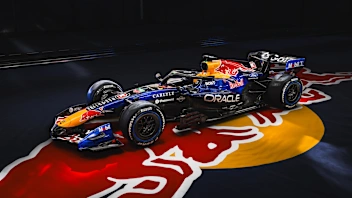How McLaren’s upgrades helped Red Bull turn the screw on Mercedes in Austria


At the Austrian Grand Prix Max Verstappen, Red Bull and Honda again dominated. It was a yet-more emphatic demonstration of superiority than last week’s Styrian Grand Prix at the same venue.
As Red Bull continues to develop its car – this week Verstappen had a new barge board to compliment the new diffuser of last week – and Mercedes do not, that is translating directly to on-track superiority.
Relative to Mercedes, Red Bull was even faster this week. They increased their qualifying advantage from 0.194s by a tenth to 0.294s. It may sound insignificant, but it’s not. A tenth of a second swing against a direct rival is the sort of thing that can decide world championships.
READ MORE: ‘The car was on rails’ says Verstappen as he extends title lead with third win in a row
In last week’s Styrian Grand Prix Verstappen finished 35s ahead of Mercedes. This week it was only 13s but that doesn’t account for the fact that Verstappen made a precautionary second stop 11 laps from the end as a mark could be observed on his right-rear tyre. It turned out to be a cut, but at the time he made that stop he was around 30s ahead after 60 laps. Which is much the same margin of superiority as 35s after 71 laps.
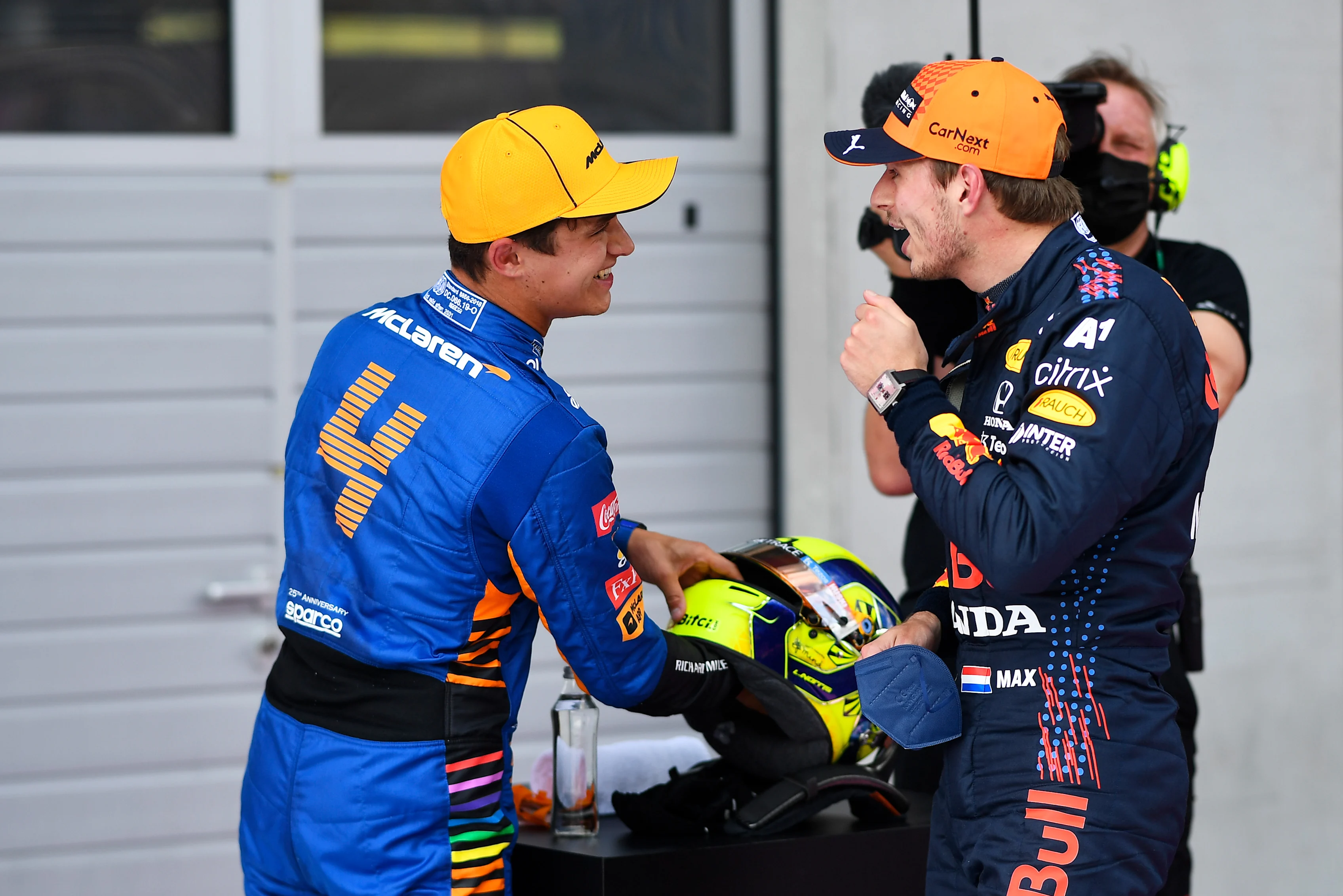
Multiply the Red Bull’s single lap advantage in qualifying by 71 laps and it comes out as only 14s, yet it was capable of winning by more than double that. That’s the disadvantage of running as the car behind and the effect that has on tyre degradation.
But there was an additional reason for Red Bull's greater winning margin: Lando Norris’ McLaren. It featured its own upgrade, with a new floor and additional guide vanes aft of the barge boards and was definitely even faster than last week.
Red Bull probably did not extract the absolute maximum lap time from the car in qualifying, as Verstappen’s tyre prep lap was badly compromised. The front tyres were clearly not fully up to temperature for Turns 1 and 3 and that’s where Norris took whole chunks of time out of the Red Bull, which then made that time back up through the high-speed aero demands of Turns 6-7.
Through Turn 9 Norris was acrobatically on a knife-edge and just edged the McLaren ahead, but the front tyres had given their best by the final turn and Verstappen’s – possibly because they’d not been up to temperature early in the lap – held on fine, to just edge him onto pole.
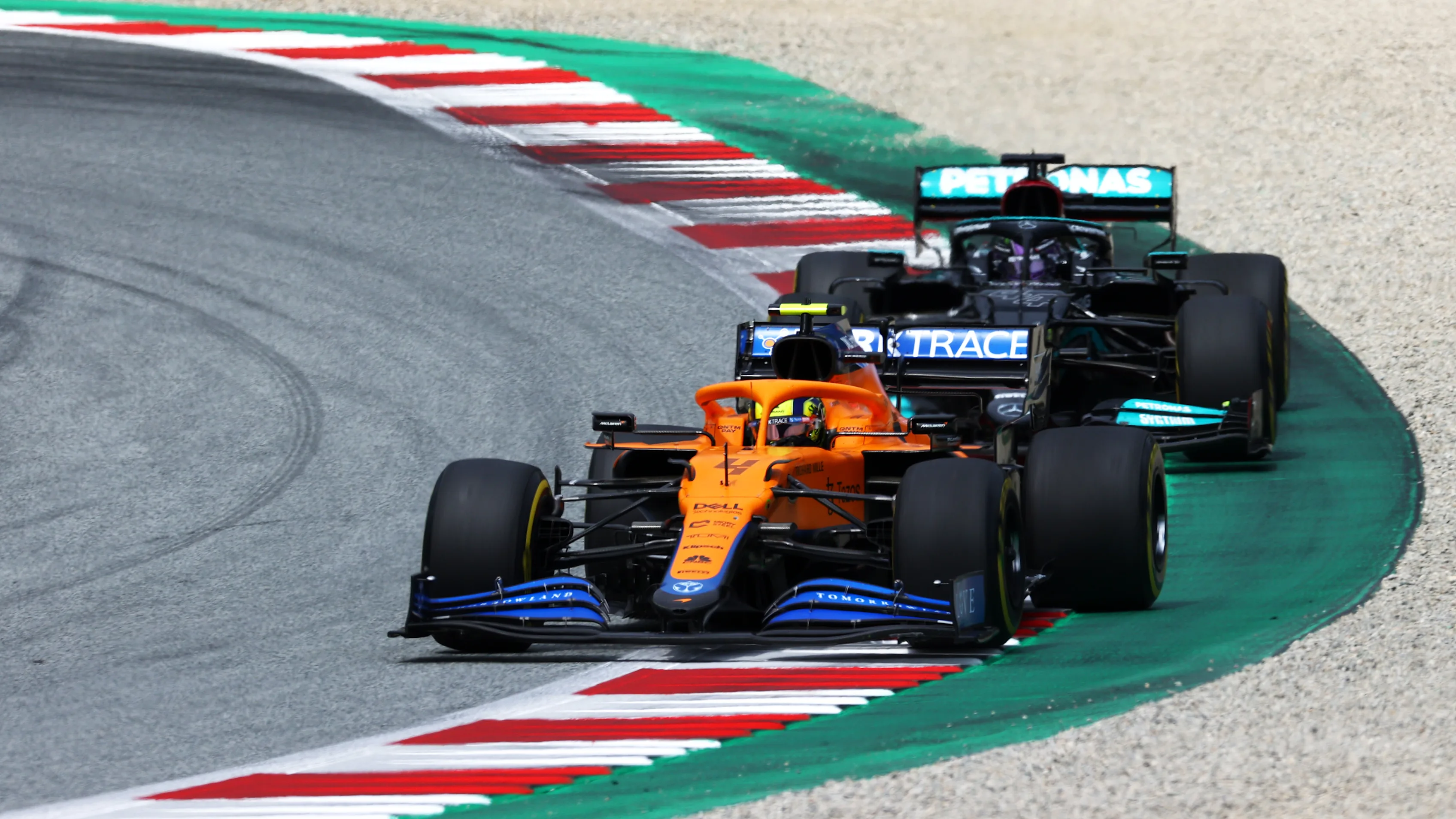
The McLaren, though, was on the front row. In the hot conditions of qualifying the Mercedes did not like the C5 soft tyre and wasn’t finding as much time from it as other cars. Lewis Hamilton and Valtteri Bottas were only fourth and fifth quickest respectively.
Last week, in the Styrian Grand Prix, Verstappen and Hamilton were able to make a break from the rest of the field pretty much immediately as their respective team mates were stuck for 10 laps behind the slower McLaren of Norris. Although the McLaren was significantly faster this week (qualifying 0.362% closer to Red Bull than seven days ago), it was still a slower car in the race than the Mercedes.
READ MORE: Bodywork damage cost Hamilton over half a second per lap, say Mercedes
Partly this was a function of Norris having transcended the car in qualifying, partly it was that the Mercedes was much more competitive on the medium and hard tyres of race day than it was on the C5 soft used in Q3.
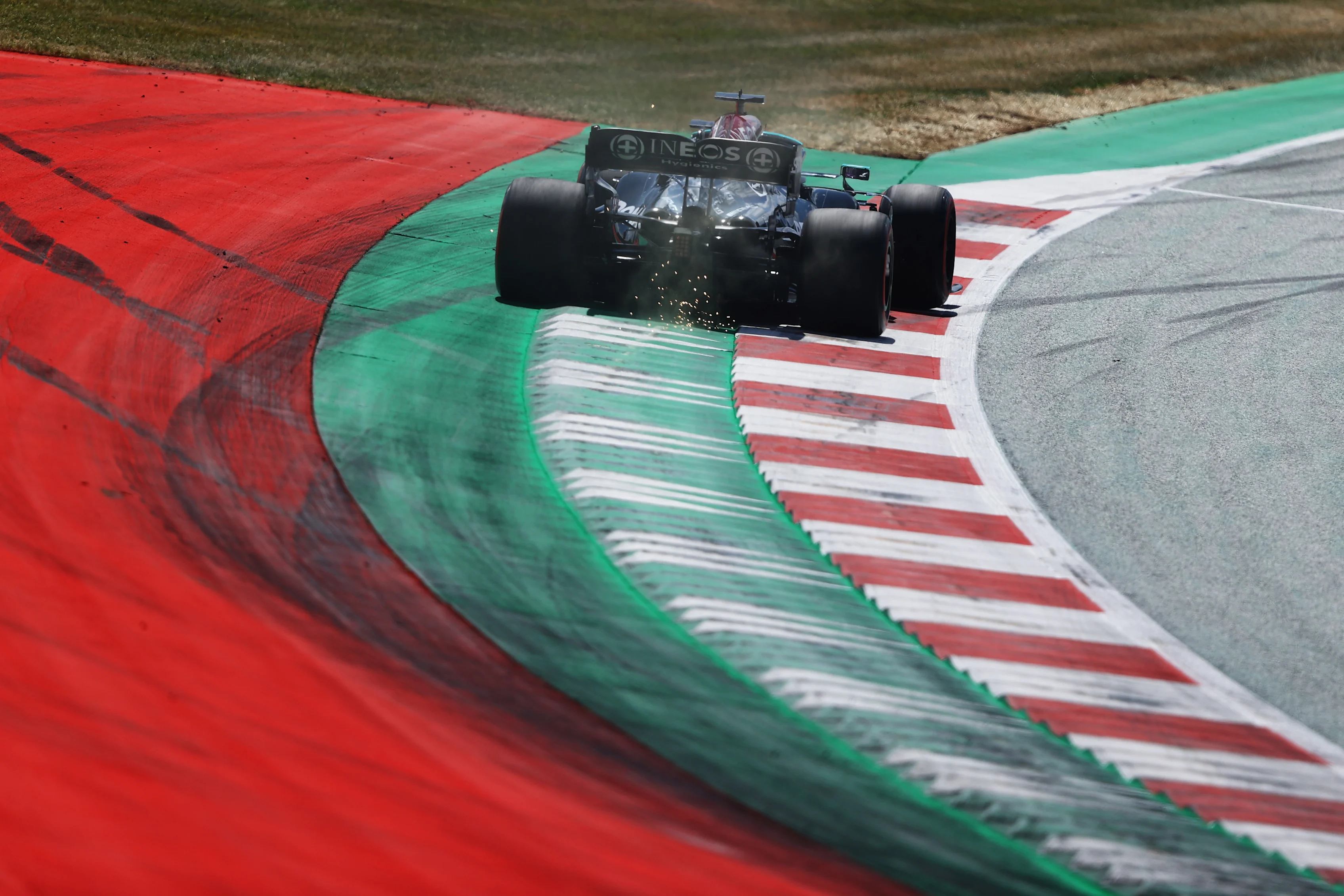
But whatever, it meant that Norris in second place was a barrier for 20 laps, separating Verstappen from the Mercedes. By the time Hamilton had managed to find a way past Norris, Verstappen was almost 10s up the road. This had allowed Verstappen the luxury of bringing in his tyres relatively gently when the car was at its heaviest with fuel.
If the tyres can be brought in gently, they will more than pay back in performance over the stint. Neither Mercedes driver was in a position to do this, given that they were trying to find a way by Norris.
So the McLaren’s upgrade only helped Red Bull extend its already significant advantage over the un-developed Mercedes.
.webp)
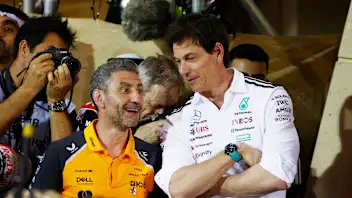
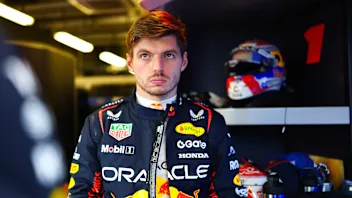
.webp)
/16x9%20single%20image%20(17).webp)
